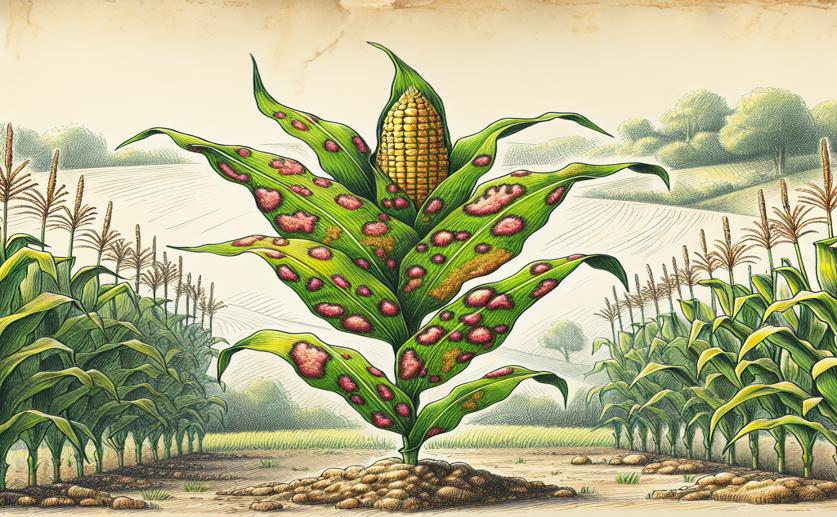
Discovering a New Fungus Causing Leaf Spots in Corn
Jim Crocker
16th January, 2024

Image Source: Natural Science News, 2024
References
Main Study
1) First report of leaf spot of maize caused by Curvularia verruculosa in India.
Published 13th January, 2024
https://doi.org/10.1094/PDIS-07-23-1410-PDN



 15th January, 2024 | Jenn Hoskins
15th January, 2024 | Jenn Hoskins